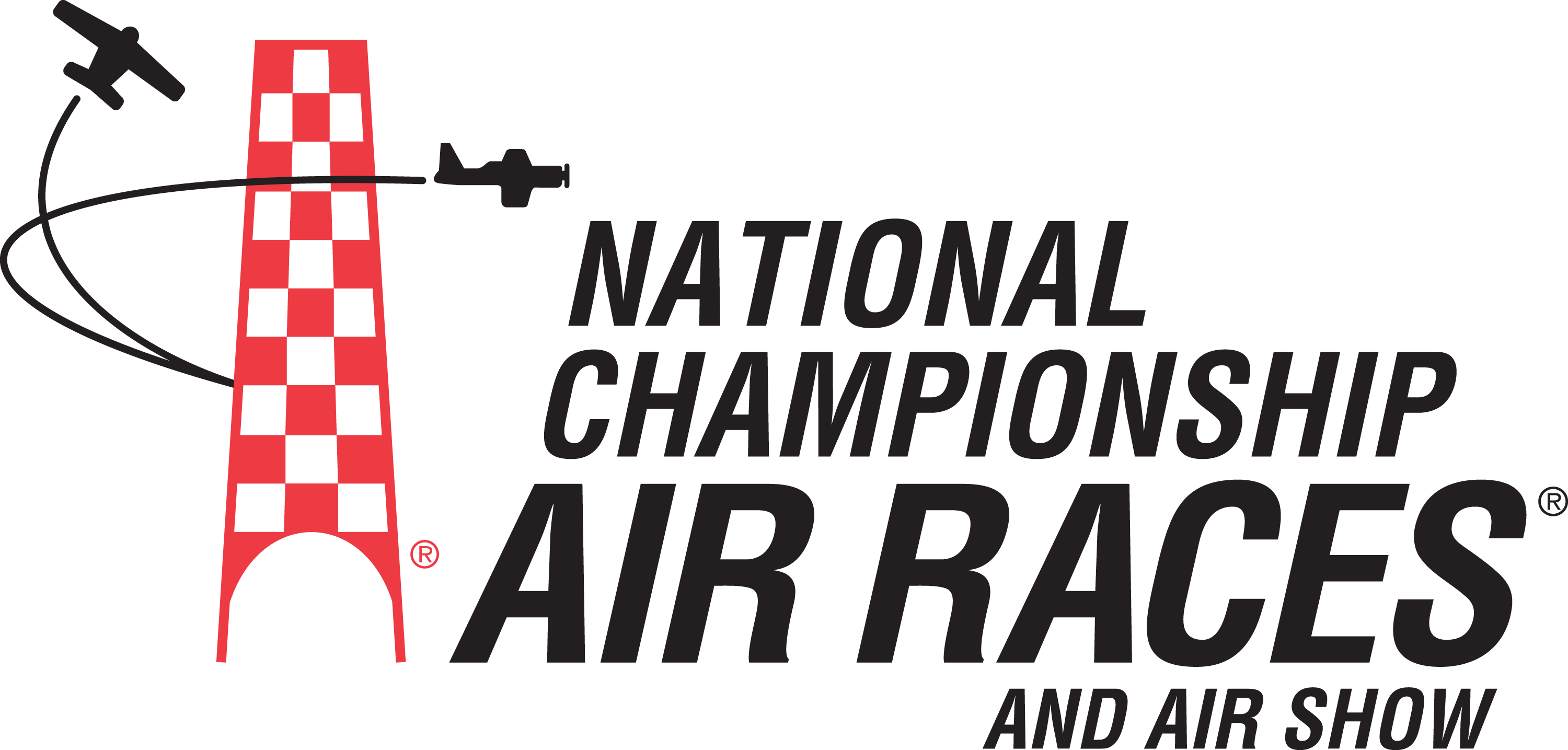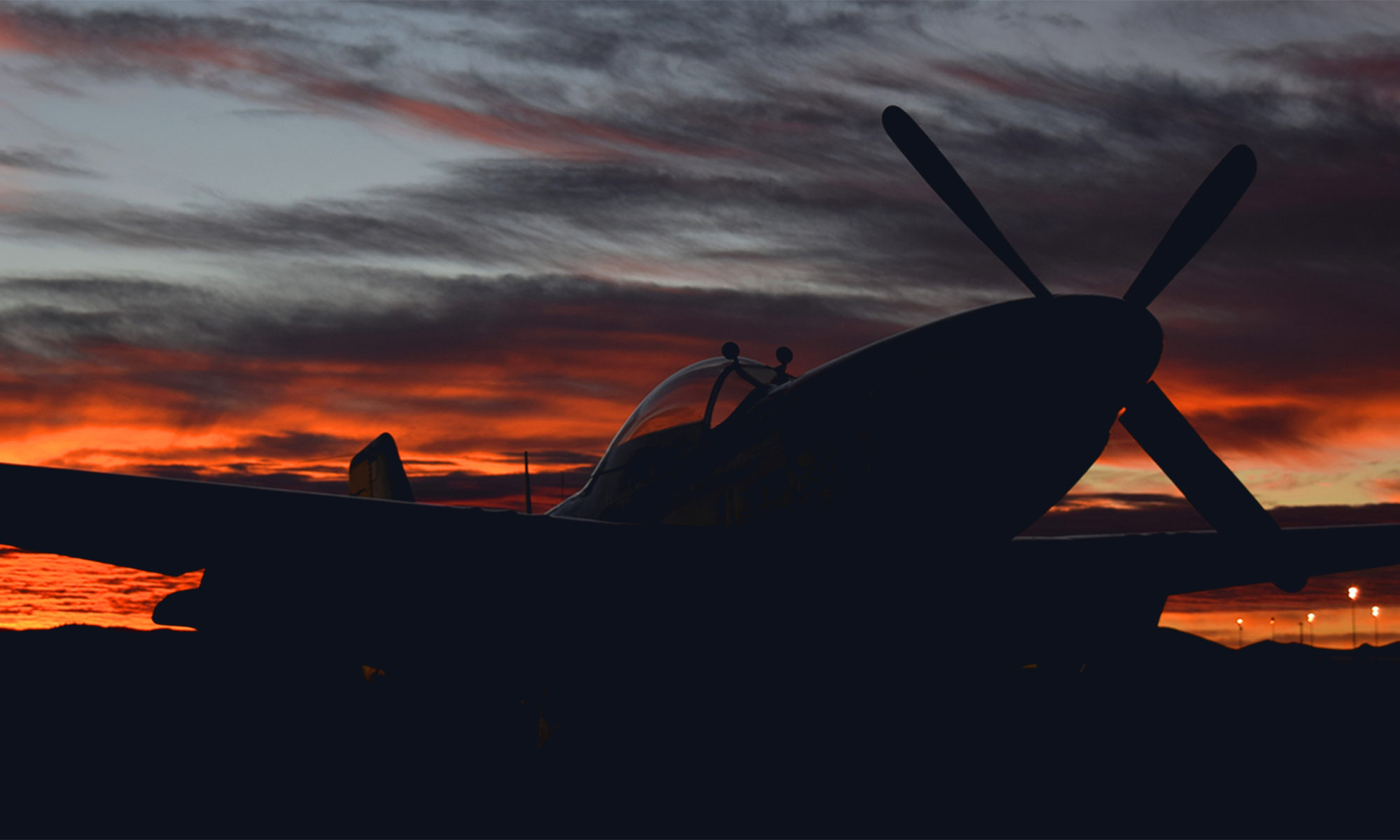Military planes have been around for centuries. There is a multitude of types and sizes. Each plane has its own unique look, feel, and special features. One, in particular, the P-51 Mustang, comes in different versions and is among the fastest in military aircraft.
What makes the P-51 Mustang so special and how fast can a P-51 Mustang go? Let’s find out!
P-51 Mustang: The History
This plane has been in commission since the 1940s, during WWII. The chief designer of North American Aviation suggested building a plane from the ground up, rather than continuing to produce another licensed fighter for that time, the Curtiss P-40. The result was the P-51.

Created as a monoplane, with only one passenger; the P-51 was built as a low-wing style fighter fueled by an in-line, liquid-cooled Allison engine. This created a turbo-supercharge for the plane – a first of its kind.
This design was later called “Mustang” by the British, thus receiving its full name: P-51 Mustang. These planes joined the war in 1942 as low-altitude fighters. It was not possible for them to rise more than 15,000 feet. Despite this limitation, they did contain ample firepower and options for photography that most of the other fighter planes of the time sported.
Specifications
The P-51 took its first flight in May of 1941, at a speed of 425 miles per hour. With a 37-foot wingspan taking up 233 square feet of area, this plane sported many firsts of its kind. Later models of the P-51 were even equipped with a warning radar in the rear to alert of approaching aircraft from behind.

This plane was deemed “the most aerodynamically perfect pursuit plane in existence” by the Truman Senate War Investigation Committee in 1944.
Evolution of the P-51 Mustang
Over the years, new features and technology were added to the P-51 to keep it updated with the times. These updates began as early as 1942 when the Mustangs were equipped with the British Merlin engine for speed. Adding the Merlin engine increased the speed of the P-51A (original Mustang) by 110 mph.
This new prototype was brought back to the U.S. and mass produced in California and Texas. These new models were classified as the P-51B (California) and P-51C (Texas). Due to their new speed and classifications, the B and C models were able to fly higher and have a longer range. These details allowed the Mustangs to become the escorts for the U.S. bombing against Germany in 1943.
As time went on, the Mustang continued to update to the model we know today. By the spring of 1944, the Mustang had moved to the P-51D model. This new plane was equipped with a canopy, called the bubble-top, to protect the pilot and improve his vision. There were also updates made to the machinery as well. Extra guns and a new gunsight were added to the plane, along with a new feed system for the ammunition to reduce jams in the guns.
By the end of the war, the P-51H was in commission but did not arrive in time to hit the front lines of battle. This newest model was 50 mph faster than the D model and was considerably lighter than most of the previous models.
By 1946, there were over 15,000 Mustangs in existence – all types included. With WWII over, these planes were part of the U.S. Airforce. New aircraft and fighters began to emerge and force the Mustang to a second position for war. By the Korean War, the Mustang was transferred to the Air National Guard or surplused.
As it turned out, the long-range attributes of the P-51D brought the Mustang back into commission during the Korean War, as it could hit targets the other jet fighters couldn’t. Proving its usefulness, the Mustang remained with the Reserve and the Air National Guard until they were phased out in 1957.
Today’s P-51 Mustang
The last Mustang in service currently resides on display with the Air Force tactical unit. It is a recreation of the P-51D flown by Colonel C.L. Sluder, commander of the 325th fighter group stationed in Italy in 1944. The name on the plane is “Shimmy IV” and is a production of his own creation to honor the Colonel’s daughter, Sharon, and his wife, Zimmy.
Today, the Unlimited Class at the STIHL National Championship Air Races in Reno regularly features modified P-51 Mustangs. In 2017, The P-51 Mustang, Voodoo, raised the bar for the P-51 models. Voodoo broke speed records for a plane powered by an internal combustion engine on the course. The pilot, Steven Hinton, has won multiple times in the Unlimited Class.

In 2017, Voodoo reached an average speed of 531 mph. This far exceeded the previous speed record in the books. Voodoo is currently the fastest of the P-51 models and is ranked as the fasted piston in the world. These planes have fought and served with and for the Armed Forces over the years and now they battle in a race for the best of the best.
The P-51 Mustang has so much history to its name. This plane has fought in many wars for the United States and has been flown by so many of the great military men of the times. Today, it’s breaking records in races and continuing to prove its worth. From the original P-51 Mustang of WWII, through today’s P-51D, like Voodoo; the comparison of these models with other military fighter jets is simply incomparable.
Nothing compares to the speed and aerodynamics of the P-51, as the slimmest fighter with long-range capabilities and speed like no other. The broken records, dating back to its inception, prove the P-51 Mustang is one of the top-performing planes in military history. What more could the U.S. Air Force ask for in a fighter? This plane does it all and has it all. Make sure to grab your tickets for the 2019 STIHL National Championship Air Races in Reno, NV for your chance to watch these amazing warbirds race head to head right before your eyes.

